
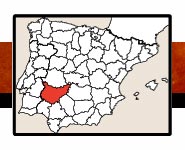

 |
 |
||
 |
|||
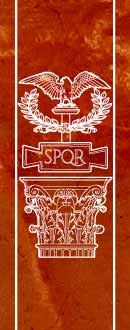 |
(40)/A-BA/BADA-Merida-40.jpg) |
-55/BOOK-cort-40.jpg) |
 |
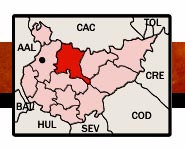 |
||
 |
|||
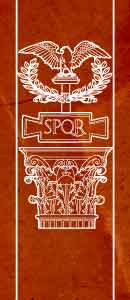 |
INFORMACIÓNMérida fue fundada en el 25 a.C. por el legado romano Publio Carisio y durante toda la romanidad fue capital de la Lusitania, perdurando como gran megalópolis en tiempos visigodos y andalusíes, después entraría en decadencia. ENTRADAS Y HORARIOSLos horarios del teatro romano, anfiteatro, columbarios, cripta de Santa Eulalia, circo y alcazaba es de lunes a domingo en verano (abril-septiembre) son de 9:30-21:00 y en invierno de lunes a domingo de 9:00-18:30, entrada general para estos monumentos es de 15 €, la entrada para un solo monumento es de 6 €, hay entradas reducidas para varios colectivos. ACCESOMérida se encuentra en la A-5 (tramo entre Badajoz y Trujillo), los monumentos más visitables están esparcidos por el casco antiguo de toda la ciudad. Te recomendamos seguir el itinerario del mapa (línea naranja). ACCESO PARA MINUSVÁLIDOSAcceso posible con silla de ruedas para los puentes, acueductos, circo, anfiteatro, el teatro, la presa de Proserpina, templo de Diana y arco de Trajano; parcial para la Alcazaba y no factible para la casa de Mitreo. |
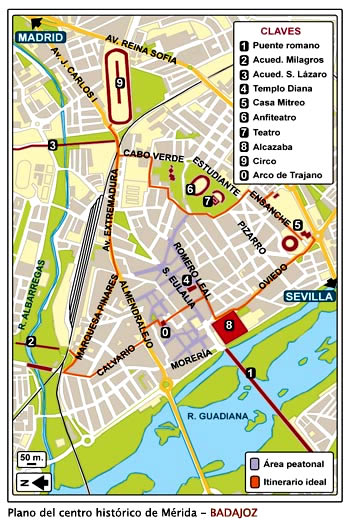 |
INFORMATIONMérida was founded in 25 BC. By the Roman legacy Publio Carisio and during all the romanization was capital of the Lusitania, lasting like great city in Visigoth times and Andalusi times, later would enter in decadence TICKETS AND TIMETABLEThe timetable of the Roman theater, amphitheater, columbarium, crypt of Santa Eulalia, circus and alcazaba is from Monday-Sunday in summer (April-September) is from 9,30 am – 9 pm and in winter is from Monday to Sunday from 9 am to 6,30 pm, general rate for theses monuments is € 15, the rate for a single monument is € 6, there are reduced rates for several collectives. LOCATIONMérida is located on A-5 (section between Badajoz and Trujillo), the differents monuments visitable are scattered throughout the old part of the city. We recommend following the itinerary of the map (orange line). ACCESS FOR THE HANDICAPPEDPossible access with wheelchairs for the bridges, aqueducts, circus, amphitheater, theater, Proserpina dam, temple of Diana and Arch of Trajan; partially for the Alcazaba and not feasible for Mitreo's house. |
||||
 |
|||||||